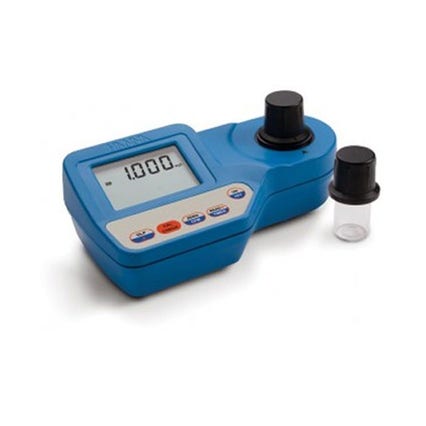Nitrite in Ponds
As the ammonia in the water begins to reduce, the secondary break down product, nitrite will begin to increase and this is also very poisonous to fish.
Nitrite is a skin irritant and will cause the fish to display symptoms of irritability such as rubbing themselves, jumping, or even skimming across the surface of the pond. These symptoms are also commonly associated with parasites and it is sensible to eliminate nitrite as the cause before treating the pond.
Nitrite also has a rather sinister effect on the pond fishes blood, as it will bind very tightly with the red pigment and thereby preventing the blood cells from absorbing vital oxygen from the water. Once the nitrite has become associated with the red pigment, it turns the blood a dull brown color and hence the popular name for nitrite poisoning is "brown blood disease".
A second group of micro-organisms, comprising mostly species of Nitrobacter bacteria are responsible for breaking down the nitrite into nitrate, which is the final breakdown product but in the event of high nitrite levels occurring in the pond, regular partial water changes need to be undertaken to reduce the concentration of this pollutant.
Nitrite is an odorless, colorless substance and its presence can be detected using a Test Kit





